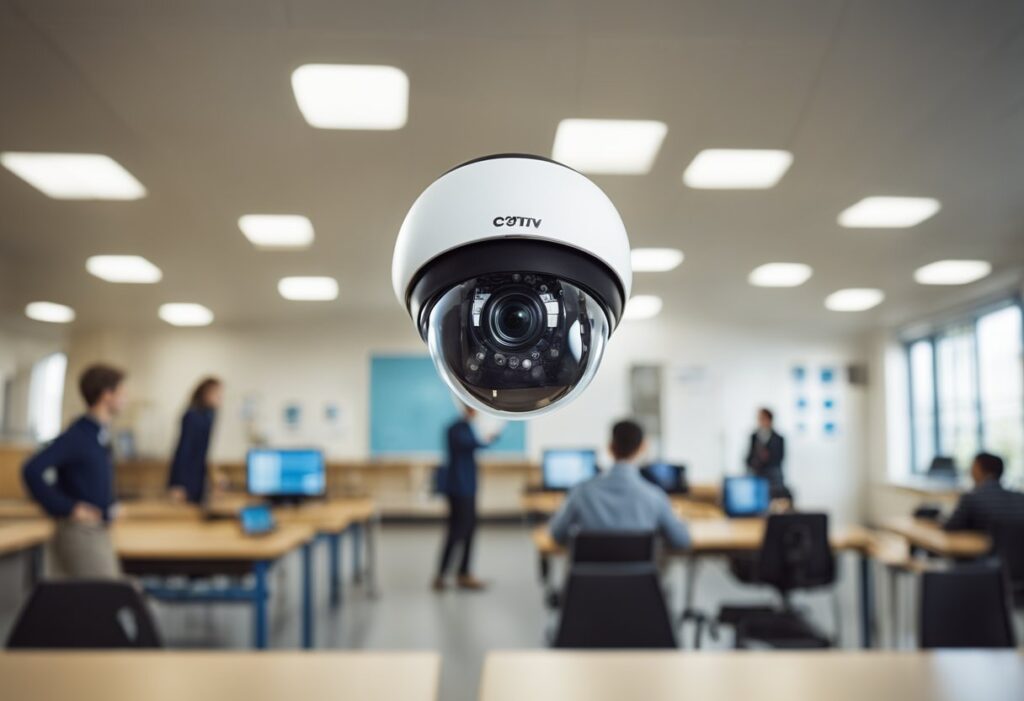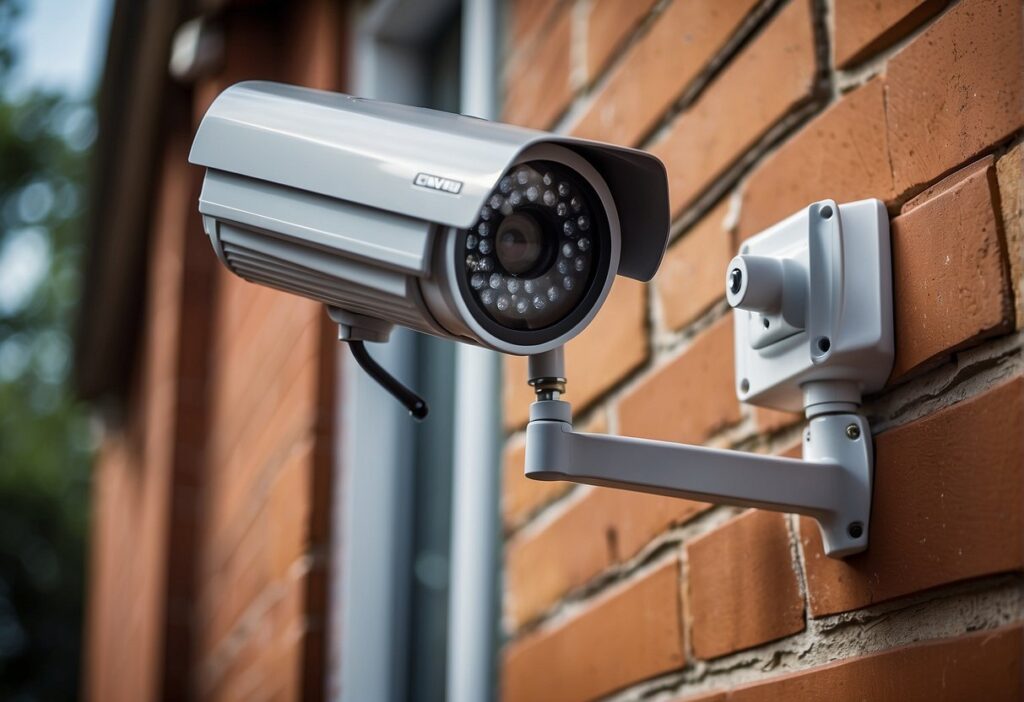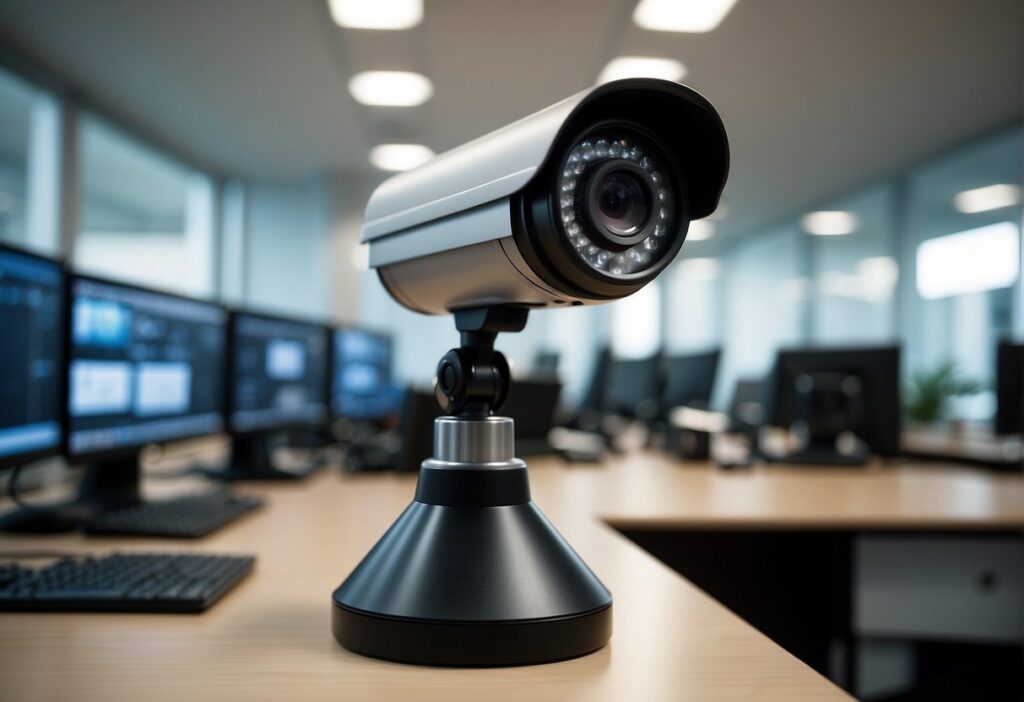Benefits of CCTV in Schools
The implementation of CCTV surveillance in educational environments has become an instrumental part of enhancing safety and security. It operates as a significant deterrent against criminal activities and inappropriate behavior within school premises.
Equipping schools with advanced surveillance technology strengthens security infrastructure, allowing for more efficient incident response and investigation. The presence of cameras at strategic points around schools ensures continuous vigilance, supporting a safer learning atmosphere.
Key Takeaways
- CCTV contributes to discouraging possible misconduct and ensuring student safety.
- Surveillance systems are vital in bolstering school security and response measures.
Benefits of CCTV in Schools: Enhancing Student and Faculty Safety
Ensuring the safety of students and faculty is a top priority for schools. CCTV surveillance systems serve as a vital component in maintaining a secure educational environment by addressing bullying, preventing theft, and managing unauthorized access.
Addressing Bullying and Harassment
The installation of CCTV cameras in schools has been instrumental in deterring incidents of bullying and harassment. They provide a means to monitor interactions throughout the campus, enabling prompt intervention when students or staff are threatened.
Preventing Theft and Vandalism
School security cameras are not only effective for enhancing student safety but also act as a deterrent against theft and vandalism. Visible cameras have been shown to reduce the rate of property crimes, creating an environment where school property is respected and preserved.
Effective access control is critical in managing the flow of people throughout the school campus. Surveillance systems help to identify and prevent unauthorized individuals or potential intruders from entering the premises, thereby protecting both students and staff from any potential harm.
Improving School Security Infrastructure
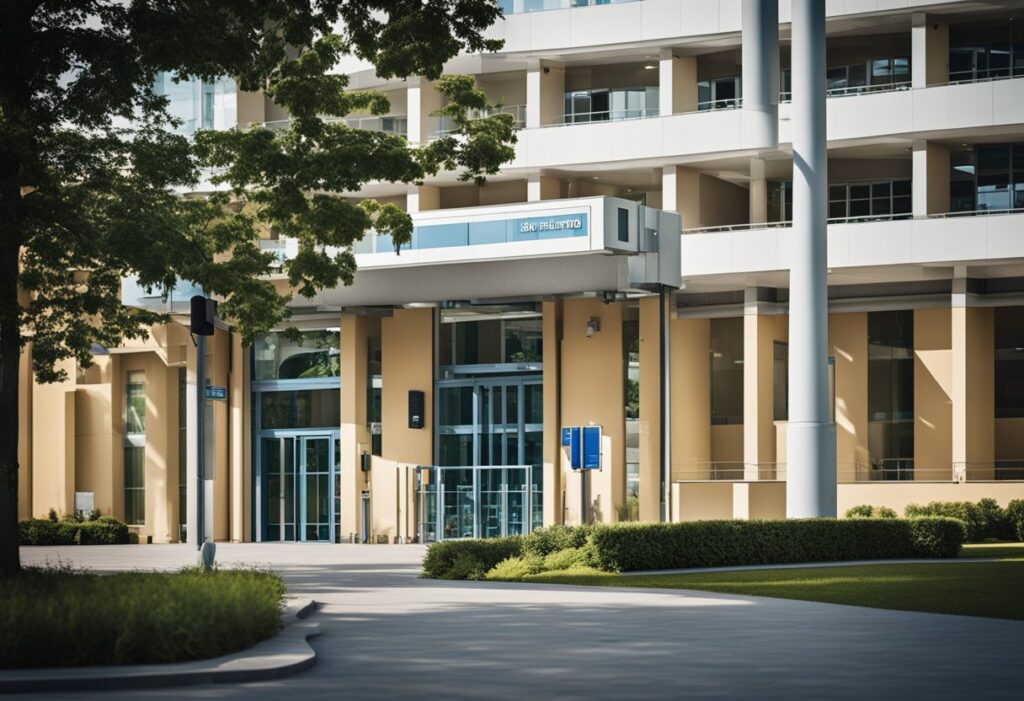
Enhancing the security infrastructure in educational institutions is essential for safeguarding students and staff. Tailoring a comprehensive approach to include the latest technological advancements and integration with existing systems can significantly bolster school safety measures.
Integration with Other Security Systems
Security infrastructure in schools is most effective when CCTV surveillance is integrated with other security systems. This includes electronic access control and alarm systems, creating a unified security platform that enhances the response to incidents. Real-time monitoring allows for immediate action and coordination with law enforcement when necessary.
Advancements in CCTV Technology
The technological enhancements in video surveillance systems offer high-definition imagery and broader coverage areas, ensuring detailed and expansive monitoring capabilities. Developments such as facial recognition and motion detection contribute to a proactive security stance, allowing schools to identify and react to potential threats swiftly.
Security Cameras and Emergency Preparedness
Incorporating security cameras into a school’s emergency preparedness plan can provide critical information during an emergency. With capabilities for real-time monitoring, security personnel can manage situations more effectively by having access to live footage. This assists in both immediate response and post-event analysis, a key component in updating and improving safety protocols.
Privacy and Ethical Considerations
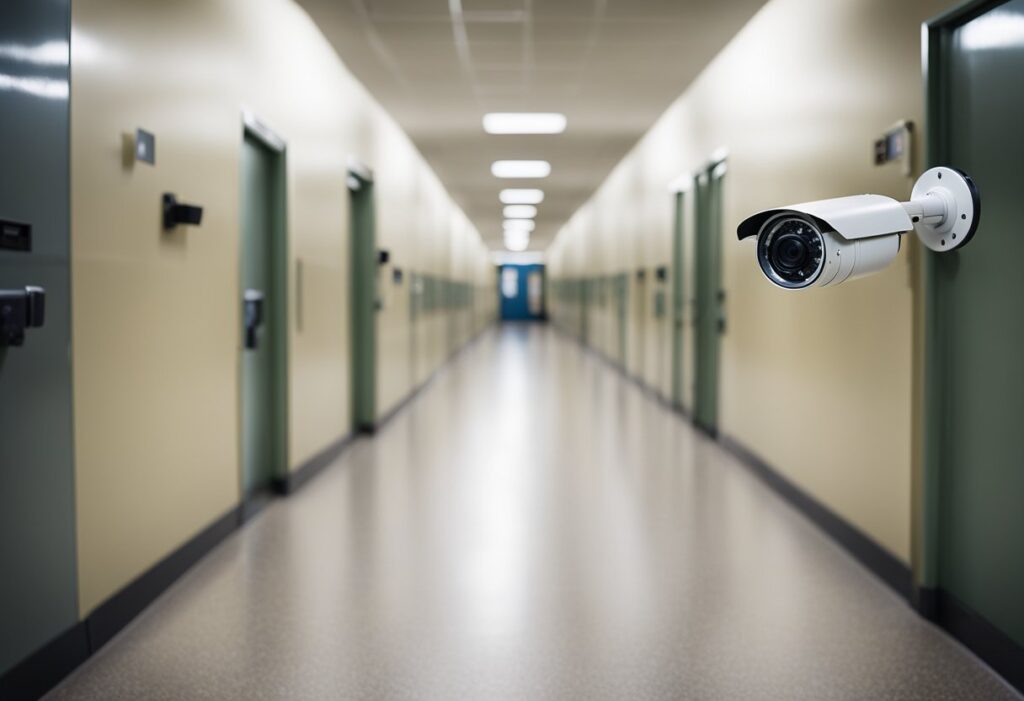
Implementing CCTV systems in educational environments requires careful navigation around the privacy concerns of students and staff alike, ensuring that safety does not come at the expense of personal privacy.
Balancing Safety with Privacy Concerns
Schools are responsible for protecting their students and staff while respecting individual privacy rights. The deployment of video surveillance systems has been a common solution to enhance school safety.
However, these systems must be carefully managed to avoid the risk of privacy invasion. Best practices suggest that cameras should be placed only in public areas where there is reduced expectation of privacy, such as hallways or outdoor spaces, while private areas, such as restrooms and locker rooms, should remain surveillance-free to protect students’ privacy.
Laws Governing CCTV in Schools
CCTV usage in schools is subject to a variety of legal frameworks that differ by jurisdiction. In some regions, school security systems are regulated to protect minors’ privacy rights and establish guidelines for how and where surveillance technology can be used.
Meanwhile, some institutions have established their policies to ensure transparency and equity in their use of CCTV cameras, providing clear procedures for their operation and data handling to safeguard against potential abuses.
Laws often mandate that schools notify students and parents about the presence of CCTV and impose restrictions on how the footage can be used and who may access it.
Financial and Operational Aspects
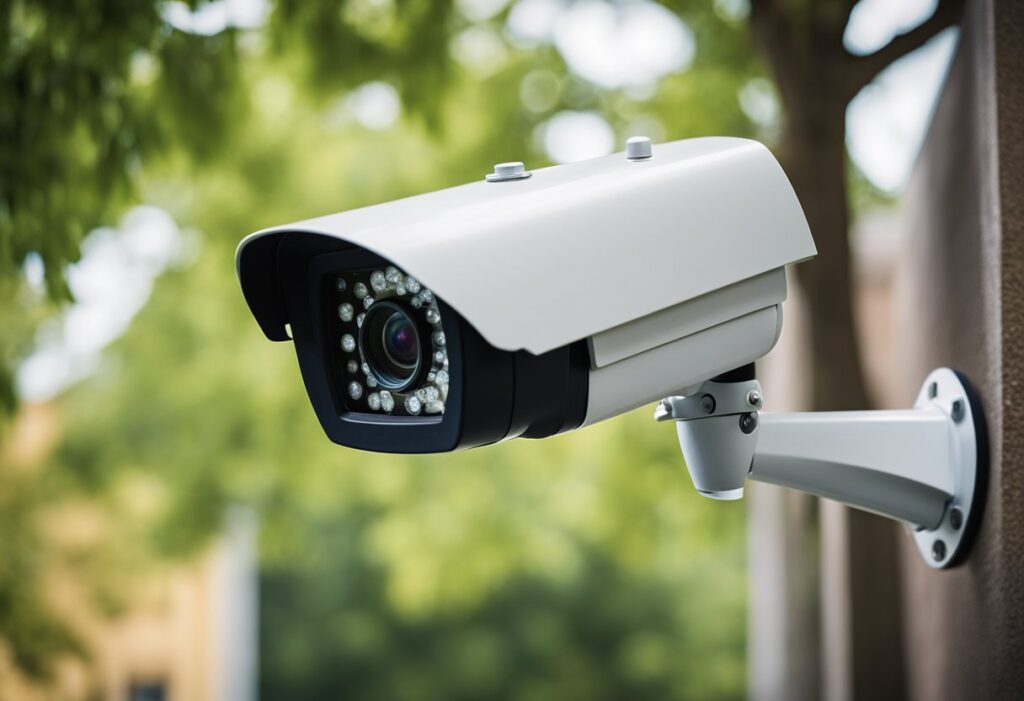
Understanding the financial and operational aspects of CCTV implementation in schools is crucial for school districts aiming to enhance safety without compromising budgetary constraints. School funding is directly affected by such investments and requires a thorough cost-benefit analysis.
Cost Analysis of CCTV Implementation
In examining the costs involved with the installation of CCTV systems in educational settings, it is essential to account for both initial setup expenses and ongoing maintenance fees.
- Purchase price of cameras and recording equipment
- Installation labor costs
- Cost variability based on campus size and technology type
- Post-setup operational costs:
- Maintenance expenses
- Repair costs
- Potential system upgrades for longevity and efficiency
Maximizing Return on Investment
The return on investment (ROI) in the context of CCTV systems in schools is not solely financial but also rooted in enhancing safety programs and the overall security posture. Schools can maximize ROI by integrating CCTV systems with other existing security measures, thereby creating a synergistic approach to campus safety.
This integration assists in deterring potential threats, reducing vandalism and operational costs associated with damage repair, and ensuring a safe learning environment – a key factor in maintaining school reputation and community trust.
Community and Law Enforcement Collaboration
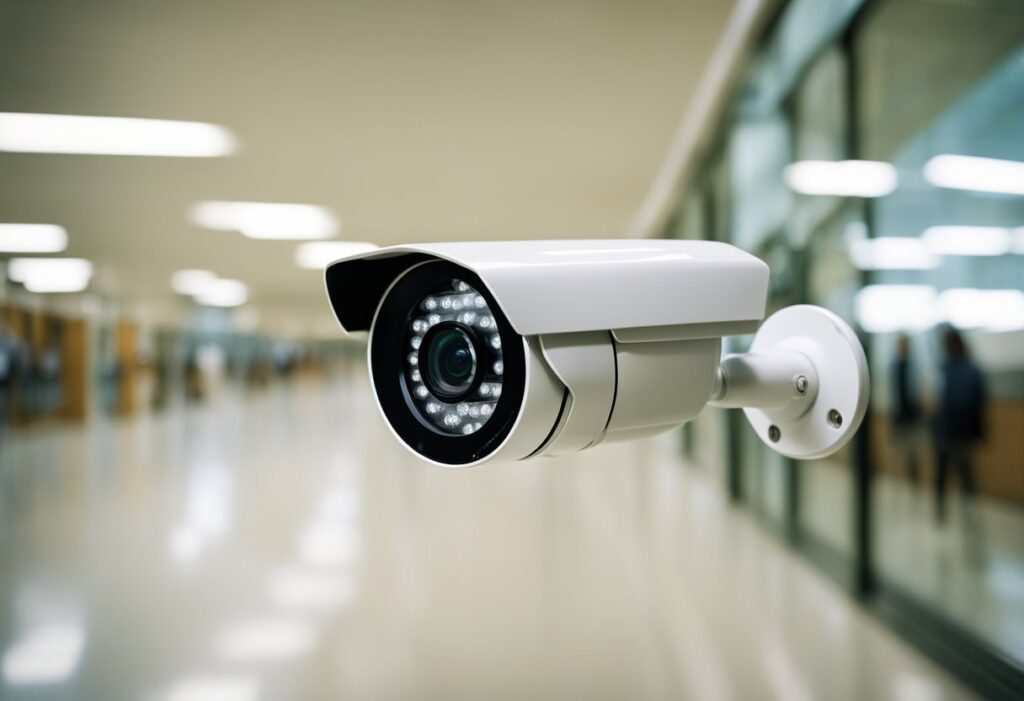
The integration of CCTV systems in schools facilitates enhanced collaboration between educational institutions and law enforcement, leading to improved safety and well-being. This partnership is crucial in fortifying the premise of a secure learning environment.
Fostering a Culture of Safety and Well-being
Data suggests that the presence of CCTV cameras can deter potential nefarious activities within school grounds, thereby fostering a culture of safety and well-being. A study referenced by learncctv.com indicates that surveillance systems are instrumental in preventing incidents that might compromise the welfare of students.
By enabling constant monitoring of school property, these systems assist in creating a secure atmosphere that contributes to the community’s peace of mind.
Partnership with Local Law Enforcement Authorities
Collaboration with local law enforcement authorities integrates real-time surveillance with swift emergency response capabilities. Documents provided by the International Association of Chiefs of Police emphasize the importance of such partnerships that open up channels for positive engagement and proactiveness in maintaining security.
Law enforcement gains the ability to react promptly to situations in schools, optimizing the safety protocol and ensuring that comprehensive measures are in place for safeguarding the community.
Conclusion
Benefits of CCTV in Schools: The installation of CCTV in educational institutions has demonstrated significant advantages in promoting a safe learning environment. They are instrumental in deterring potential offenders from committing crimes such as vandalism or trespassing.
Key benefits include enhancement of access control and aid in the prevention of bullying and harassment. By closely monitoring entrances and exits, schools ensure that only authorized individuals gain entry. In instances of misconduct, camera footage provides crucial evidence, thus facilitating timely and appropriate interventions by school authorities.
Moreover, the presence of surveillance systems has a psychological impact, leading to an overall reduction in inappropriate behavior. Security cameras act as silent guardians, contributing not only to the physical safety of students but also to their mental well-being by helping to create a respectful and orderly atmosphere.
It is essential, however, that schools balance security measures with respect for privacy and consent. Institutions must have clear policies in place regarding the use of surveillance cameras to maintain trust and protect the rights of students and faculty alike.
